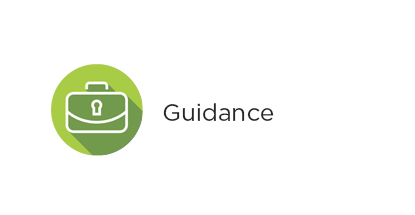
- Why did CPABC introduce a new cash rule?
CPABC is commited to protecting the public, the economy and our members from the risks and harms of money laundering. The new cash rule was developed to help mitigate the risk of a member in public practice knowingly, or unknowingly, being involved in laundering money.
The new cash rule includes a limit for cash transactions, but in all cases where members are involved in transactions, they are encouraged to use their professional judgement regarding the source of the funds, whether cash or not. As a reminder, Rule 213 of the CPABC Code of Professional Conduct prohibits members from associating with anything they know, or should know, is illegal.
- Who does this rule apply to?
The cash rule only applies to members in public practice. However, all members are encouraged to use their professional judgement when involved in any transaction, especially those involving cash.
- When can I accept cash?
Rule 411 permits the receipt and acceptance of physical cash under $3000 per single client mater. Cash greater than $3000 per single client mater may only be accepted for payment of professional fees, disbursements, and expenses.

While members may accept up to $3000 in cash, for all transactions, members should continue to use their professional judgement as to whether the payment appears legitimate.
- What does a single client mater mean?
A single client mater refers to the service(s) being provided. Your client may engage you for multiple services, however, the cash limit applies to the mater, not the client.
That said, the cash rule was created to assist in protecting the public and members from the risk of money laundering. Members are encouraged to proceed with caution and use professional judgement for all cash transactions, regardless of the amount.
- What is the definition of cash?
For the purposes of this rule, cash means
- Current coin within the means of the Currency Act (Canada);
- Notes intended for circulation in Canada by the Bank of Canada pursuant to the Bank of Canada Act; and
- Current coin or bank notes of countries other than Canada.
- What about retainers?
The cash limit applies to retainers. Members may only accept up to $3000 cash total for retainers. The remaining funds must come from another source such as an e-transfer, wire-transfer, bank drafts, etc.
- Why $3000?
CPABC chose to set the cash limit at $3000 in order to align with FINTRAC’s cash reporting requirements.
- What are disbursements?
Disbursements in the context of this rule include any number of expenses that a CPA may incur in the course of providing accounting services, and for which a particular client will subsequently reimburse the CPA.
Common disbursements include application fees, registration fees, photocopy charges, and courier fees.
- How much can I accept in foreign currency?
You may not accept foreign currency that converts to more than $3000 Canadian unless the professional fees exception applies.
Rate this Entry
Current rating: 3 yes votes, 1 no votes

